detail profile william garwood

William Garwood
Billy Garwood
atau dikenal sebagai
Riwayat Hidup
Wiki - William Davis Garwood, Jr.
was an American stage and film actor and director of the early silent film era in the 1910s.
Between 1911 and 1913, Garwood starred in a number of early adaptions of popular films, including Jane Eyre and The Vicar of Wakefield (1910), Lorna Doone (1911), The Pied Piper of Hamelin (1911), David Copperfield (1911), The Merchant of Venice (1912), and Little Dorrit (1913), and Robin Hood (1913).
In total, he starred in more than 150 short and feature films.
Info Pribadi
Peran Yang Di Mainkan William Garwood
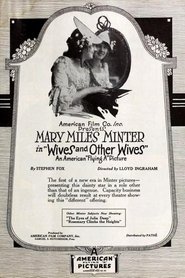 Assuming the worst Geoffrey Challoner impulsively...
Assuming the worst Geoffrey Challoner impulsively...Wives and Other Wives 1918
Assuming the worst Geoffrey Challoner impulsively storms out of the house when he sees his new wife Robin reading old love letters. In his absence, Norman Craig, planning with his wife to lease an upstairs apartment owned by Judge Corcoran, wanders into the Challoners' apartment. Robin, mistaking him for a burglar, shoots him and then runs for a doctor. Returning, Geoffrey again rashly makes assumptions and immediately files for divorce. Mrs. Craig and Norman, who had merely fainted, are invited to Judge Corcoran's weekend home along with the Challoners, whom the judge hopes to reunite. Following a bewildering series of misadventures, including an attempted robbery by the maid and the chauffeur, Geoffrey learns that the love letters were his own, and the young couple are reconciled.
 A threereel version of the famous...
A threereel version of the famous...Carmen 1913
A three-reel version of the famous stage production. Don Jose, the hero of the famous book by Prosper Merimee, and Bizet's celebrated opera, was born in the Basque Provinces of Spain. He was a young, good-looking peasant, devoted to his old mother, and greatly in love with his pretty sweetheart, Mercedes. The plans of Jose and Mercedes for an early marriage were rudely dissipated by the news that the young man had been drafted for service in the Spanish army. Jose comforted his mother and Mercedes, telling them that he would soon return and they would never be separated again.
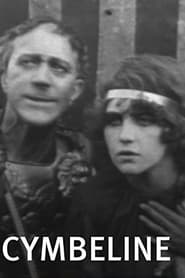 Southern California locations vividly suggest both...
Southern California locations vividly suggest both...Cymbeline 1913
Southern California locations vividly suggest both elemental pre-Roman Britain and classical Rome. An energetic cinematic pacing and intimacy show rapidly improving narrative technique and realism well beyond the limitations of the stage. Especially cinematic are the bedchamber scene in the first reel, with its intimate cinematography and acting and special lighting effect, and the battle scene of the second reel, considered very effective in its day.
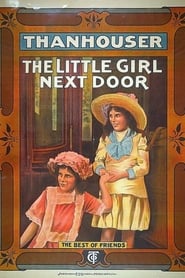 Helen Randall and Ruth Foster were...
Helen Randall and Ruth Foster were...The Little Girl Next Door 1912
Helen Randall and Ruth Foster were little tots. The two children lived side by side on one of the fashionable streets in New York City. One day Helen and her parents were starting for the park when the little one suggested that they invite Ruth to go with them. The idea pleased them all, and as to Ruth, she was in an ecstasy of delight. She skipped down the steps into the Randalls' automobile, and her father (a widower), watching her as the machine whizzed off, realized more than ever the little treasure he possessed.
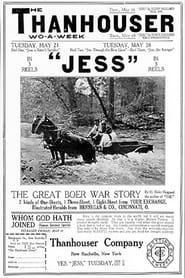 Silas Croft was a kindly old...
Silas Croft was a kindly old...Jess 1912
Silas Croft was a kindly old Englishman who had a farm in South Africa. With him resided his two nieces, whom he had taken from their drunken, worthless father when they were of a tender age. Jess, the elder, was brilliant and educated; Bess, the younger was beautiful, but frankly admitted that she did not possess the mental attainments of Jess. The two were great friends, and Jess, although the senior by only three years, had almost a motherly affection for her pretty little sister. Croft, finding old age stealing upon him, advertised for a partner, stipulating that he must be a gentleman. Probably it was his secret idea that the right man might come along, and fall in love with his favorite, beautiful Bessie.
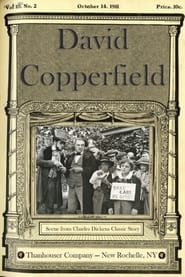 Thanhouser Company threereel silent film based...
Thanhouser Company threereel silent film based...David Copperfield 1911
Thanhouser Company three-reel silent film based on Charles Dickens’s story of an English lad's tribulation-filled journey to adulthood, Thanhouser released the three films over the course of three weeks beginning on October 17, 1911, one 1,000 foot reel per week.
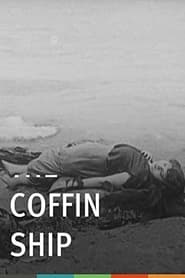 A love story filmed in Long...
A love story filmed in Long...The Coffin Ship 1911
A love story filmed in Long Island Sound with a stowaway and a shipwreck.
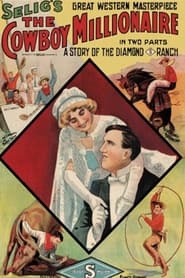 Bud Noble a handsome specimen of...
Bud Noble a handsome specimen of...The Cowboy Millionaire 1909
Bud Noble, a handsome specimen of manhood, is foreman on the Circle "D" ranch outside of Circle City, Idaho, and our opening scene pictures Bud as the cowboy roping and tying a steer. With its bucking bronchos, pitching mustangs, bucking steers, and the biggest novelty ever, the acme of all thrillers, "see Bud bulldog a steer." Only three men have successfully accomplished this feat and lived to tell about it. Then Bud receives a shock. The local operator appears with a telegram. "Your Uncle John dead. You are sole heir to his estate valued at several millions. Come to Chicago at once." The astounded cowboys tumble over with sheer amazement. Bud buys and the scene closes with a characteristic rush for the bar.
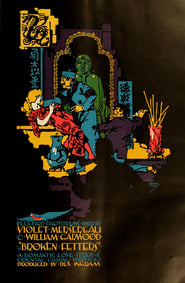
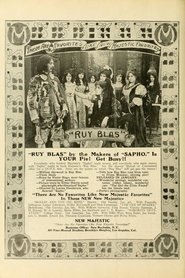 Ruy Blas a commoner disguised as...
Ruy Blas a commoner disguised as... A messenger boy is wrongfully accused...
A messenger boy is wrongfully accused...